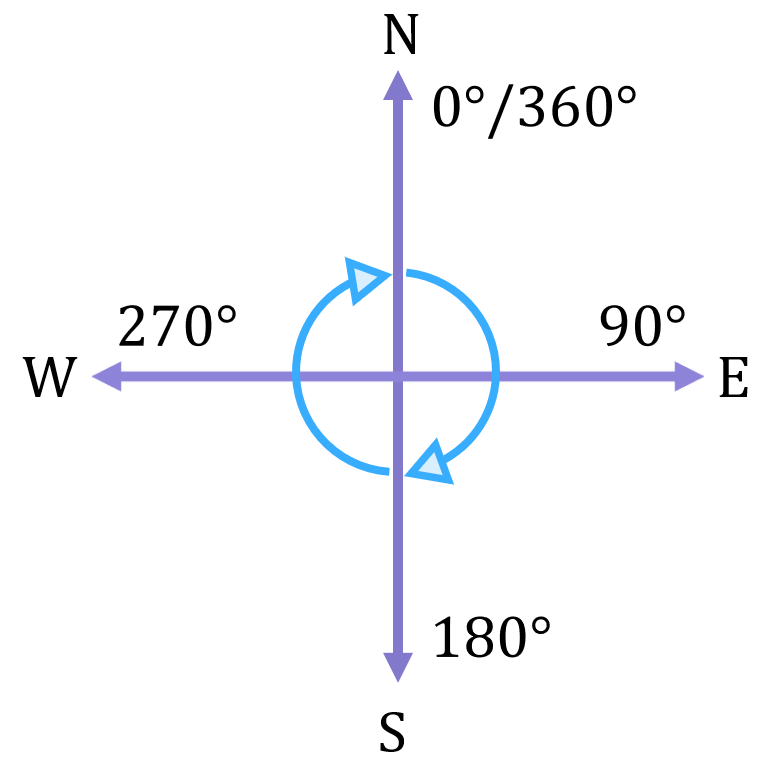Teaching Bearing at JHS;
Teaching bearing (also known as direction or compass bearing) at the junior high school (JHS) level can be done using various methods to ensure students understand the concept effectively. Here’s a step-by-step guide on how to teach bearing at JHS:
Introduce the concept:
Begin by explaining what bearing is and its relevance in navigation and direction. Provide real-life examples of when bearing is used, such as reading a compass or giving directions on a map.
Define key terms:
Familiarize students with important terms related to bearing, such as true north, magnetic north, compass rose, and cardinal directions (north, south, east, west). Ensure students understand the difference between true north and magnetic north.
Use visual aids:
Incorporate visual aids like maps, compasses, or diagrams to demonstrate how bearings are represented. Show students how to read a compass and understand the markings on a compass rose.
Teach the basic elements:
Break down the components of a bearing, which include the three-figure bearing (e.g., 045°) or the four-quadrant bearing (e.g., NE, NW, SE, SW). Explain how these measurements indicate direction in relation to a reference point.
Provide examples and practice:
Offer sample problems or scenarios that require students to calculate or interpret bearings. For example, ask them to determine the bearing from one location to another or to identify the bearing when given a specific direction.
Demonstrate conversions:
Teach students how to convert between three-figure bearings and four-quadrant bearings, and vice versa. Provide clear instructions and examples to ensure understanding.
Explore real-world applications:
Discuss practical situations where bearing is useful, such as hiking, orienteering, or sailing. Explain how people rely on bearings to navigate accurately and reach their destinations.
Engage in hands-on activities:
Organize activities that allow students to apply their knowledge of bearings. For instance, have them create treasure maps and use bearings to guide others to hidden locations.
Encourage critical thinking:
Present challenging scenarios where students need to use bearings to solve problems or make decisions. Foster discussions that promote critical thinking and problem-solving skills.
Assess and provide feedback:
Evaluate students’ understanding through quizzes, exercises, or projects. Provide constructive feedback to help them improve and address any misconceptions.
Remember to tailor your teaching approach to suit the learning styles and abilities of your students. Provide opportunities for group work, discussions, and individual practice to reinforce their understanding of bearing.





